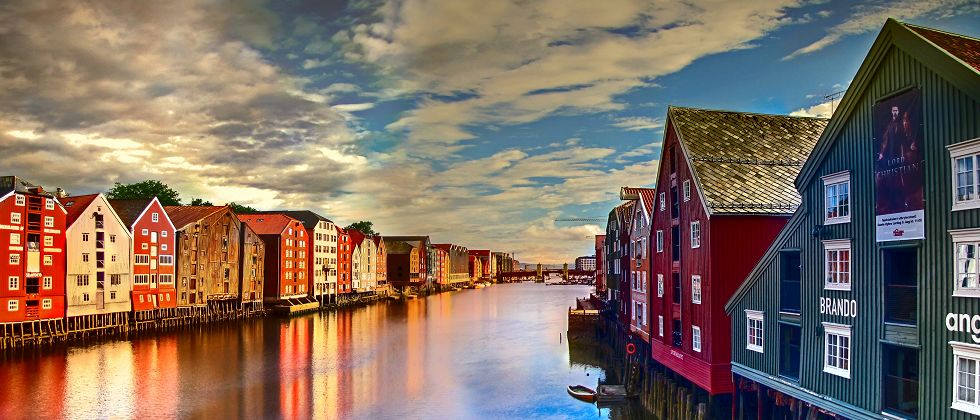California Management Review
California Management Review is a premier academic management journal published at UC Berkeley
by Lillian Dong

In recent years, Norway has consistently been touted as one of the happiest countries and best places to live in with its low class divides and high GDP per capita. Many believe that Norway’s blessings are due to its striking socialistic policies -high income taxes which make for good welfare- and its excellent Nordic educational systems. In reality, Norway derives much of its economic growth and ability to sustain its generous customs from oil, and its dependence has brought both prosperity and vulnerability.
Norway is an oil giant: although it does not ship much to the US, it is one of the largest exporters of oil to Western Europe. Norway had a traditional, prosperous economy of fishing, mining, lumber, and agriculture until 1971, when oil was discovered. The story took off from there, and Norway is now the third-largest oil exporter globally, with around 22% of the country’s GDP coming from oil and gas. In comparison, the US and the UK have their energy sectors at around 5.9% and 4.5% of GDP, respectively in 2016. The Norwegian government owns a majority in the national oil company, Statoil. The wealth generated from these natural resources is used to contribute to Norway’s Government Pension Fund, which includes the largest investment fund in the world. This fund has 97% of its investments in stocks and bonds, and 3% in real-estate, and its main mission is to preserve and accumulate wealth to for when the country’s oil supply begins to run out, essentially a rainy-day precaution. On average, the fund has done well: the official website reports a value of around 812.24 billion USD and a 5.8% annual return from 1998-2014.
“Norway derives much of its economic growth and ability to sustain its generous customs from oil, and its dependence has brought both prosperity and vulnerability.”
However, Norway’s golden period could be coming to a sharp end. With the present decline in oil exports, the country’s prospects have changed. Over the past year, global supply has outpaced demand, as shifts in production attributed to OPEC, Iran, and the U.S. shale industry have led to an excess of oil among mature economies with concerns about climate change and a growing interest in alternative energy sources. Oil prices have dropped to the $30 range from a peak of more than $100 per barrel in 2014, placing pressure on most major oil-producing markets. Additionally, a large portion of Norway’s investments were in China, with recent market volatility in Asia catalyzing further dips.
For the first time, Norway has had to withdraw from its funds as the country’s fiscal performance was lower than projected. The central bank is now considering taking out around 5% of the investment fund to cover deficits as its oil companies are struggling as many other oil giants are with continuation of policies and future planning.
Norway is reflective of countries past, present, and future. In the 1960s, the Dutch Disease, an economic situation with an immense inflow of wealth and foreign currency from exportation of natural resources, brought prosperity and later plague to several European countries as the currency appreciation hurt other sectors of the industry. In the present, as new and old markets are continuously trying to find their place in the changing global economy, countries, especially those overly reliant on one factor of production, are necessarily maturing. China is re-evaluating its labor, and rentier states must similarly consider their futures.
More importantly, these economic changes harken and will bring about a cultural difference. Domestic policies that have once seemed steadfast tradition are being overturned- the Bank of Japan is, for the first time, dropping interest rates to negative levels.
Norway itself has an underutilized and “underemployed” workforce with much slack: many Norwegians, known as NAVEs, live off the generous benefits that come from high taxes and the past oil wealth, and a sizable part of the workforce is indeed employed but work hours and productivity are not closely comparable with those of other first-world countries. Additionally, since the government plays such a large role, there is not as much privatization and entrepreneurship as there could potentially be. Norway must change its cultures in our current global shift, a move in its own way that is much harder than deciding the right investment policy for the central bank.